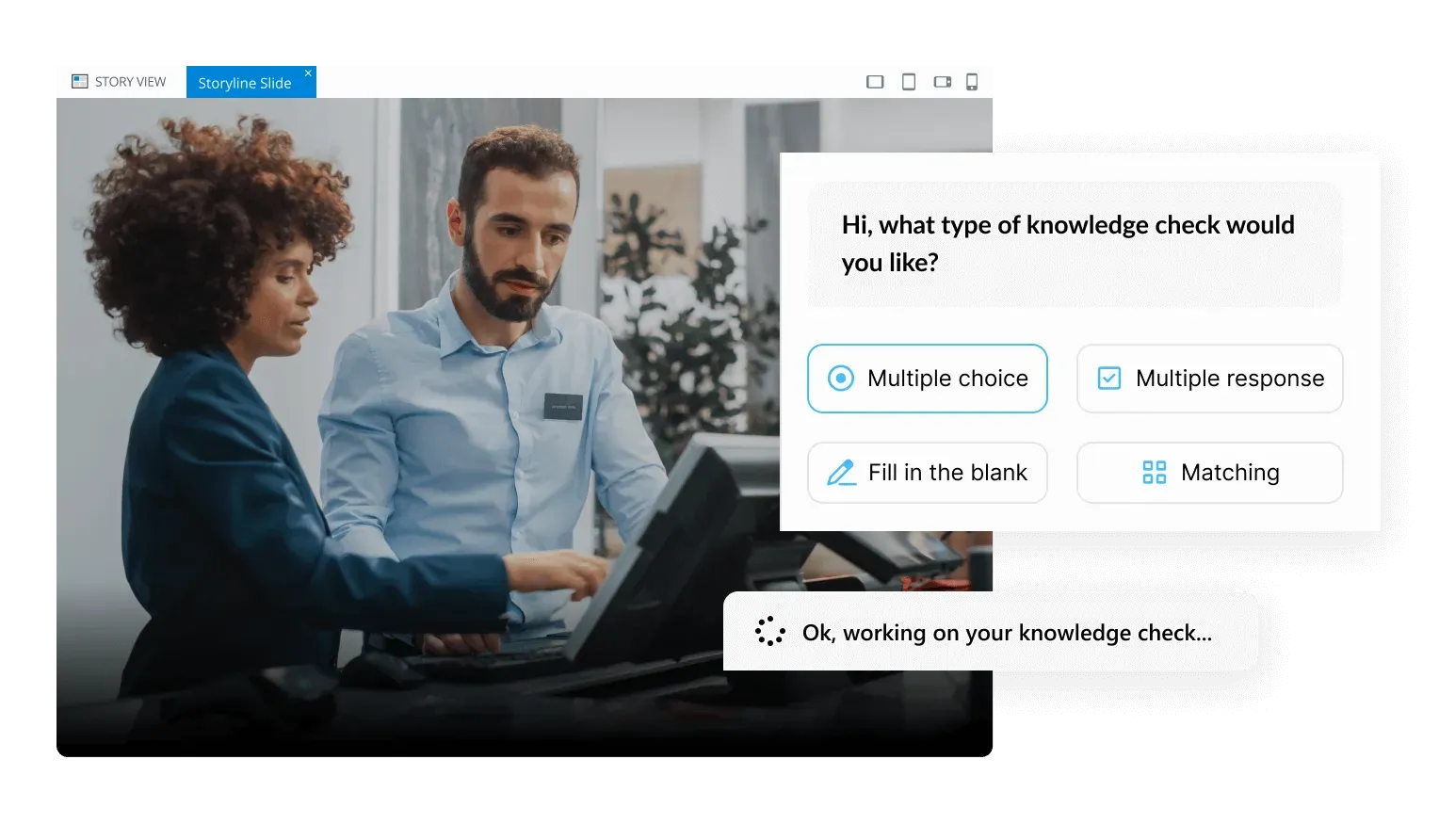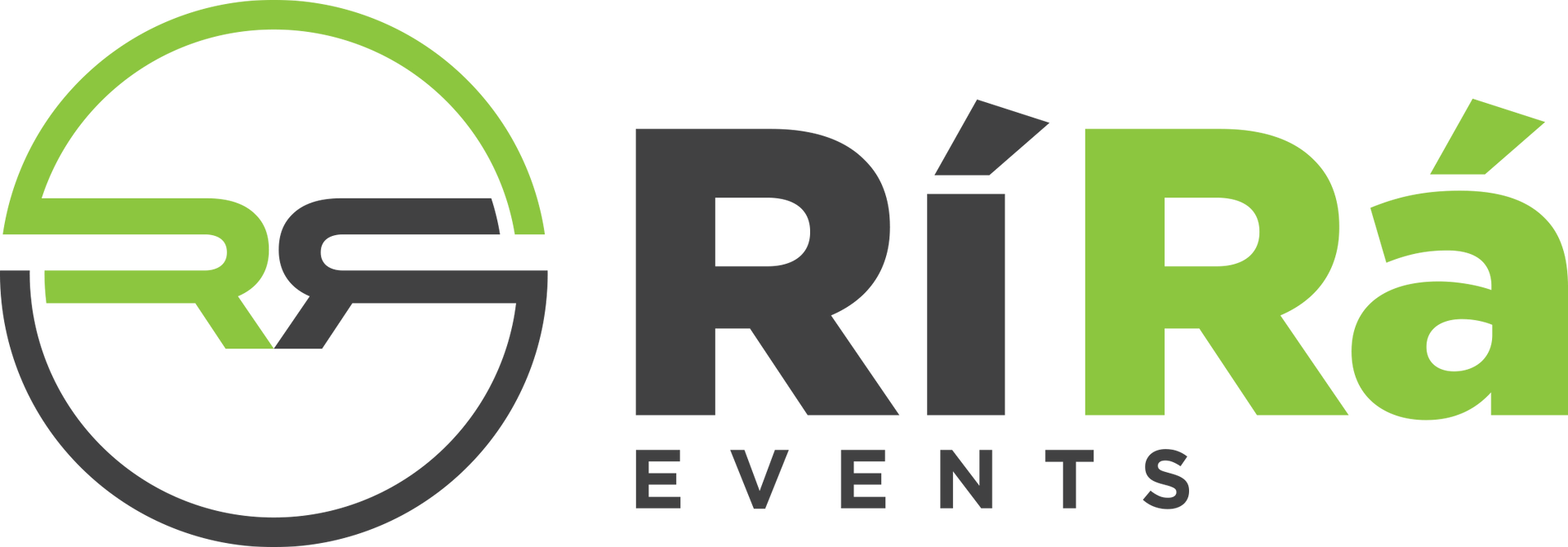What is e-learning?
What is e-learning?
E-learning (electronic learning) is learning that is distributed or conducted electronically—typically, via the internet. It is often referred to as online learning or digital learning.
Example: Their e-learning course on food safety best practices was accessible from both computers and mobile devices, giving employees flexibility and control.
E-learning or online training programs can be used for a variety of purposes, including online professional development courses, virtual classrooms in schools or universities, skill-building digital apps, and more.
Online courses offer learners and facilitators a variety of benefits, including a more flexible learning schedule and environment, the ability to learn new skills and practice them in a low-risk setting, capabilities to interact with other learners across different locations and time zones, and more.
Synchronous vs asynchronous e-learning
Often, e-learning is divided into two categories: synchronous e-learning, where learning takes place online at the same time for all participants, and asynchronous e-learning, where online learning takes place at different times for different learners.
Best practice
Following instructional design best practices, like making online content interactive and accessible for different types of learners, can help ensure your content resonates with your audience. It’s also important to tie e-learning content to key educational or business objectives so you can track how effectively your content is helping achieve those goals.





